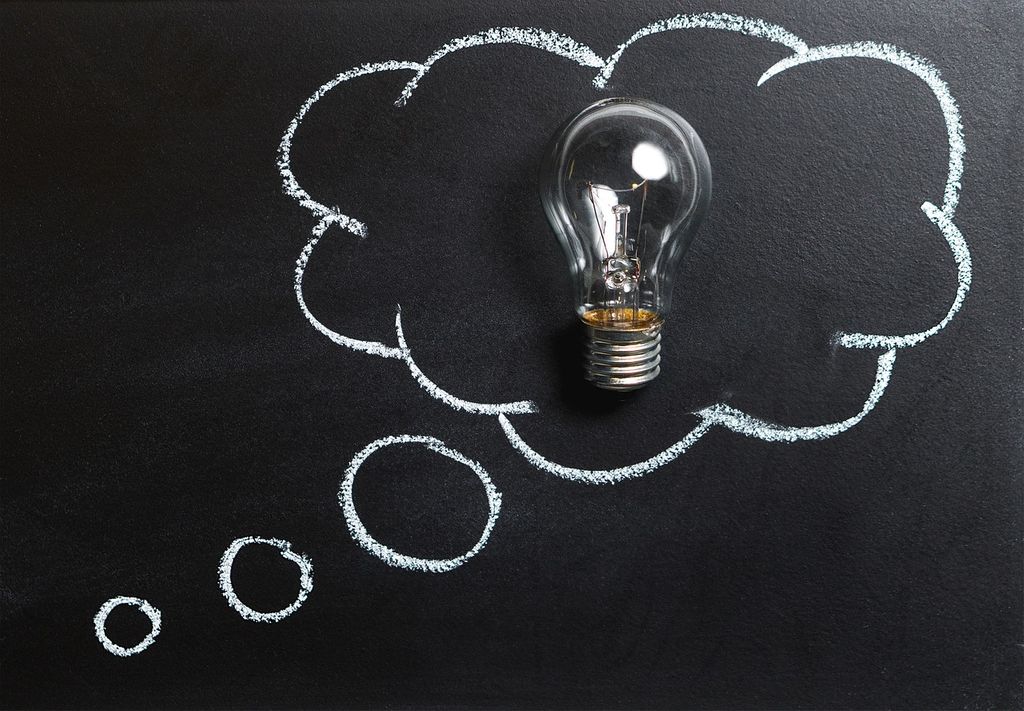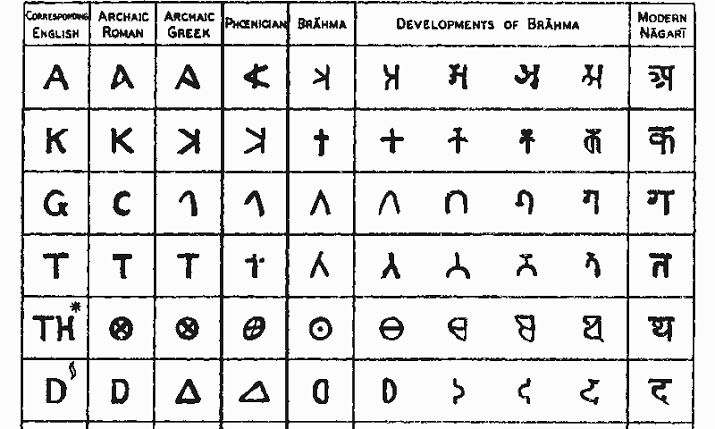Education System Of Ancient India
Jun 15, 2019 • 33 views
Education has been one of the most important aspects of Indian culture. From the Vedic times till today where we stand in 21st century, education has always been the priority of our country.

However, do we actually know what education is?
You may say that it means learning something in school or from books or in tuitions or coaching but this is partially true. Education is a learning experience. But learning takes place at all times in one's life. Although some learning can take place accidentally or randomly at any and all points in life, educational learning is a deliberate process intended to affect and bring some desirable behavioural changes in an individual.
Have you ever wondered how education is related to culture?
Culture is defined as the sum total of all the experiences that were gained by past generations and have been transferred to the present ones. The structured process of passing on this collective pool of experiences and achievements is known as education. Hence education is not only the means of passing on cultural beliefs and ideas, but it is also shaped by cultural beliefs since is a product of culture. The system of education thus changes with the change in culture.
In this series of articles (this and the upcoming ones) we shall find out the system of education that prevailed in India in the most ancient times.
AIM OF EDUCATION IN ANCIENT INDIA
Let's talk about the education system during Vedic, Mauryan, Gupta and Post-Gupta times. Education was a matter of individual concern. The aim of education was the development of pupil's overall personality. With this process of education as one's inner growth and self-fulfilment, techniques, rules and methods were evolved. Training of a person's mind for the purpose of acquiring knowledge was believed to be his real development. This knowledge would enhance his creative capacity. The basic subject of education therefore was 'mind' itself which had the capability to control thinking.
LANGUAGE

Sanskrit was treated as a language of high class during that time. It was give priority over others. It served as a medium of Brahmanical education. Sanskrit was the most common language of educated upper castes as well as the hindu rulers and courtiers. 'Prakrit' as a language developed during the time of Buddhism. It became the language of the masses. Ashoka, the mauryan king used Prakrit in his edicts. Most of the Buddhist colonical writings are also in Pali and Prakrit.
